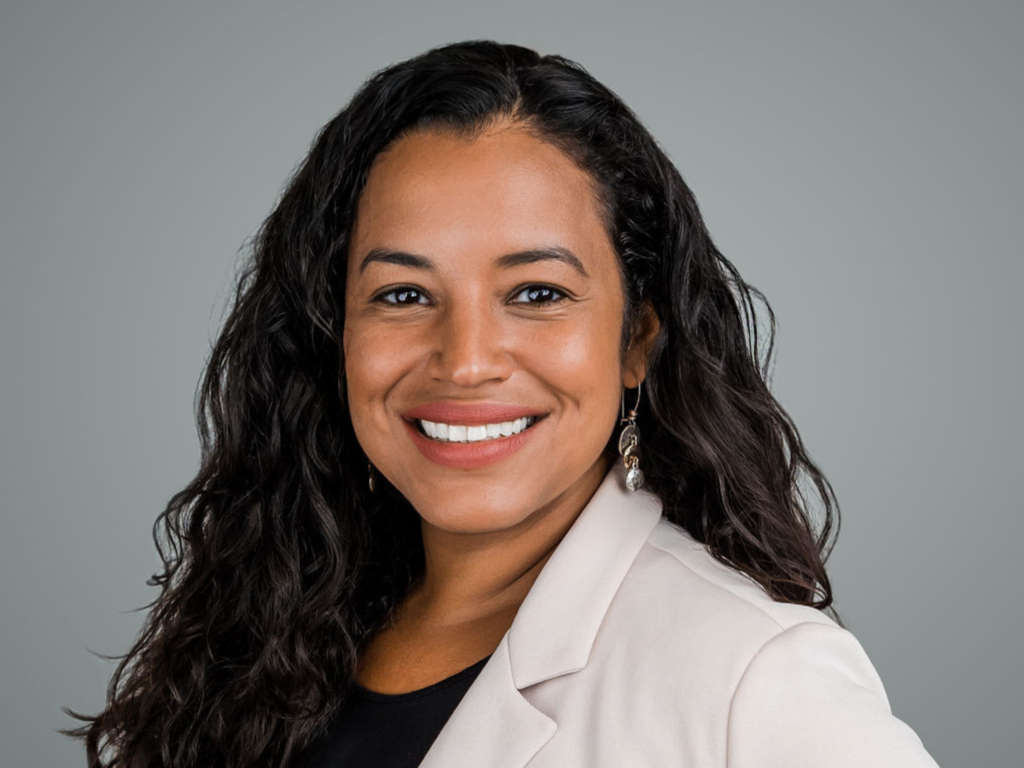NATIONAL—When Philadelphia’s violence-prone Shoemaker Middle School morphed into Mastery Charter School at Shoemaker two years ago, it remained a public school with the same students. What changed dramatically were the adults in charge and their expectations.
On the second day of school, when Mastery teachers flexed their rule that students who fail to do homework stay after school for an hour, 75% of the 225 seventh- and eighth-graders were kept late. The next day, the rule was enforced again. It took a full week before students realized they were serious.
What happened at Shoemaker over two years is what usually occurs when high-performing charters either take over a failing school or create a school in high-poverty neighborhoods. Children start learning more. Preliminary test results from last week show Shoemaker’s seventh-graders scoring 80% proficient in math and 66% proficient in reading, up from 16% in math and 20% in reading.
Shoemaker’s experience reflects a dramatic gap that’s opening among the 4,100 publicly financed, independently operated charter schools spread out over 40 states. The “mom and pop” charters, which account for most of them, have muddled along and generally done no better than traditional public schools. But several elite charter school organizations – Mastery in Philadelphia, Green Dot Public Schools and Aspire Public Schools in California, Uncommon Schools and Achievement First in the Northeast, KIPP (Knowledge Is Power Program) nationally – have pulled far ahead.
These successful groups are getting funding and advice from the NewSchools Venture Fund, a non-profit in San Francisco fueled by high-tech fortunes. Their performance provides a lesson plan for education reformers – and undercuts opponents of charter schools.
In New York City, for example, schools Chancellor Joel Klein recruited high-flying charters into the city with personal appeals and dollar-a-year rent offers. Today, those charters are among the city’s top-ranked schools. Despite that success, Klein had to fight to expand a cap on charters, winning relief from the state legislature only last year. Similar stories play out in Los Angeles and other cities.
Charter successes aren’t limited to urban areas. In Texas’ rural Rio Grande Valley, the IDEA charter group has grown from 150 students in 2000 to 4,000 students today. “College signing day” at IDEA resembles the NFL draft. On that day, the entire student body – mostly low-income Latinos – assembles in the gym to applaud as seniors, surrounded by parents and teachers, sign acceptances and don caps and T-shirts from those colleges. It seems to work: 100% of the first graduating class at IDEA went to four-year colleges.
Those are the kinds of charter ideas that need to be replicated elsewhere.

